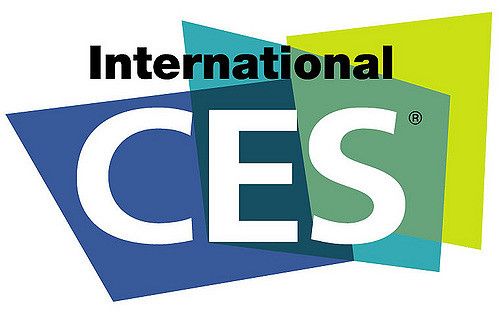With the dawn of a new year comes one of the largest consumer electronics trade shows on Earth: CES (formerly known as the Consumer Electronics Show). For almost 50 years, CES has allowed some of the world’s largest companies to showcase their visions for the future. From home appliances to wearable technology, CES features a bevy of high-tech gadgets ripped straight out of a science fiction novel. One of the most popular and innovative industries represented at the trade show is the automotive industry. And with technology advancing more and more each day, this year’s CES (which ran from January 5-8) featured some of the most innovative and inspiring concepts the show has ever seen. Here are some of the most awe-inspiring proposals shown at this year’s CES.
Toyota’s Concept-i Car
One of the most popular and prevalent goals that auto manufacturers seem to be interested in is the much sought after self-driving car. Featured in countless sci-fi novels, movies and television shows, the autonomous vehicle would solve many issues that plague drivers today. From falling asleep at the wheel or texting while driving, there are far too many factors that cause drivers to lose control of their vehicles. The self-driving car seeks to solve this dilemma. However, Toyota’s Concept-i car isn’t exactly fully autonomous.
Featuring an incredibly intelligent artificial intelligence system dubbed “Yui”, the Concept-i car assists drivers as best as it can in order to improve safety. The advanced AI system is capable of minor tasks such as controlling the radio, and major tasks such as reading the driver’s emotions. This way, if the driver begins to fall asleep while driving, Yui can engage the driver in a conversation, in an attempt to wake him or her up.
CEO of Toyota’s Research Institute, Gill Pratt, unveiled the concept car, noting that although self-driving vehicles are the company’s goal, they are a long ways off from fully autonomous vehicles, but the Concept-i car is a tremendous achievement.
Harman’s Augmented Reality
Another popular trend that seems to have taken a hold of this year’s CES is augmented reality, or AR. AR is, in essence, the opposite of virtual reality. Where virtual reality places users inside of a fictional world, simulating an authentic, lifelike experience, AR brings those virtual elements into the real world. And this amazing, breakthrough technology is being implemented in cars. Harman officially unveiled its AR systems, which are aimed at improving driver safety.
The goal of Harman’s AR system, titled the Life-Enhancing Intelligent Vehicle Solution (LIVS), is to limit the distractions of everyday city driving. Demonstrated on a Chrysler Pacifica, LIVS displays pertinent information on the windshield of the car, in real time. Necessary information like speed and gas levels are shown towards the bottom of the windshield in order to reduce the amount of time a driver looks away from the road. Other handy information, like whether or not other cars on the road are braking or speeding up and even street signs are displayed in full view.
BMW’s Holoactive Touch System
Another staple of futuristic science fiction, the holographic touch system is becoming a reality. BMW’s Holoactive Touch System is what the company has planned for their self-driving cars. Essentially, the system replaces the standard dashboard found in cars today with a large display that does not actually display anything itself. Instead it projects a menu system that drivers can then interact with that simulates a physical response through haptic feedback. Vents then shoot bursts of air toward the location of your finger in order to simulate a physical touch. It’s a tad confusing and difficult to describe, so it’s best to visit Business Insider’s article on the system which includes a photo of the concept.
These are not the only concepts shown at CES 2017. There are several other prototypes from various different manufacturers from around the world. And while many of them are still concepts and may never actually hit market, they are still a promising vision of what the future has to hold for the automotive industry.

